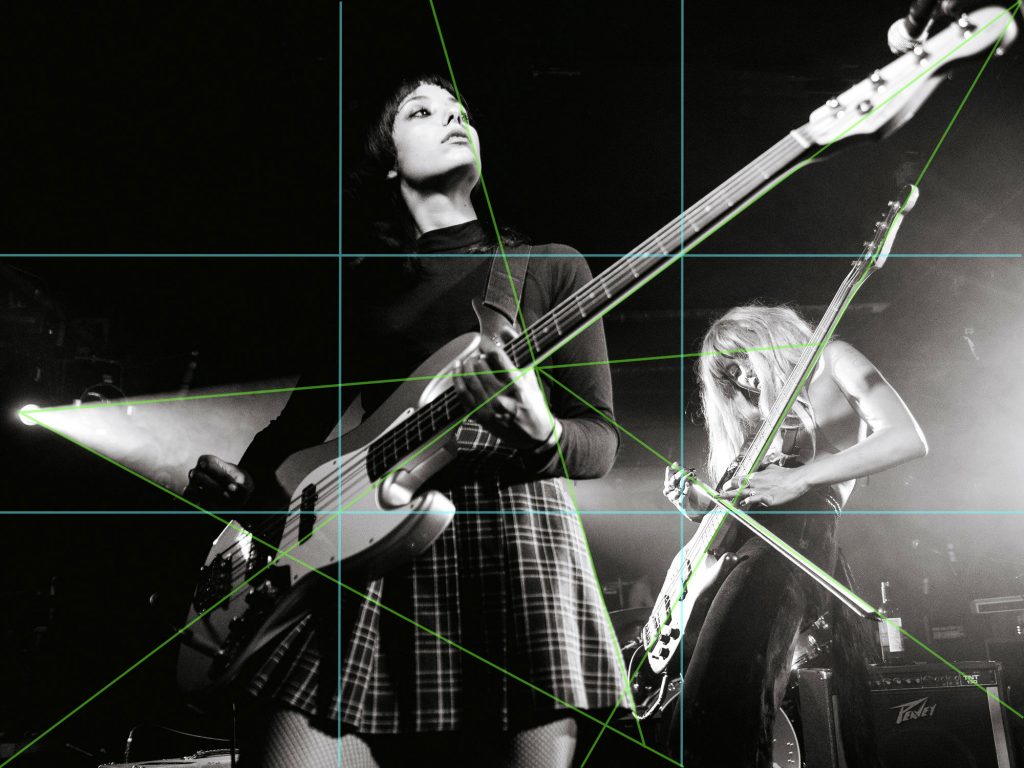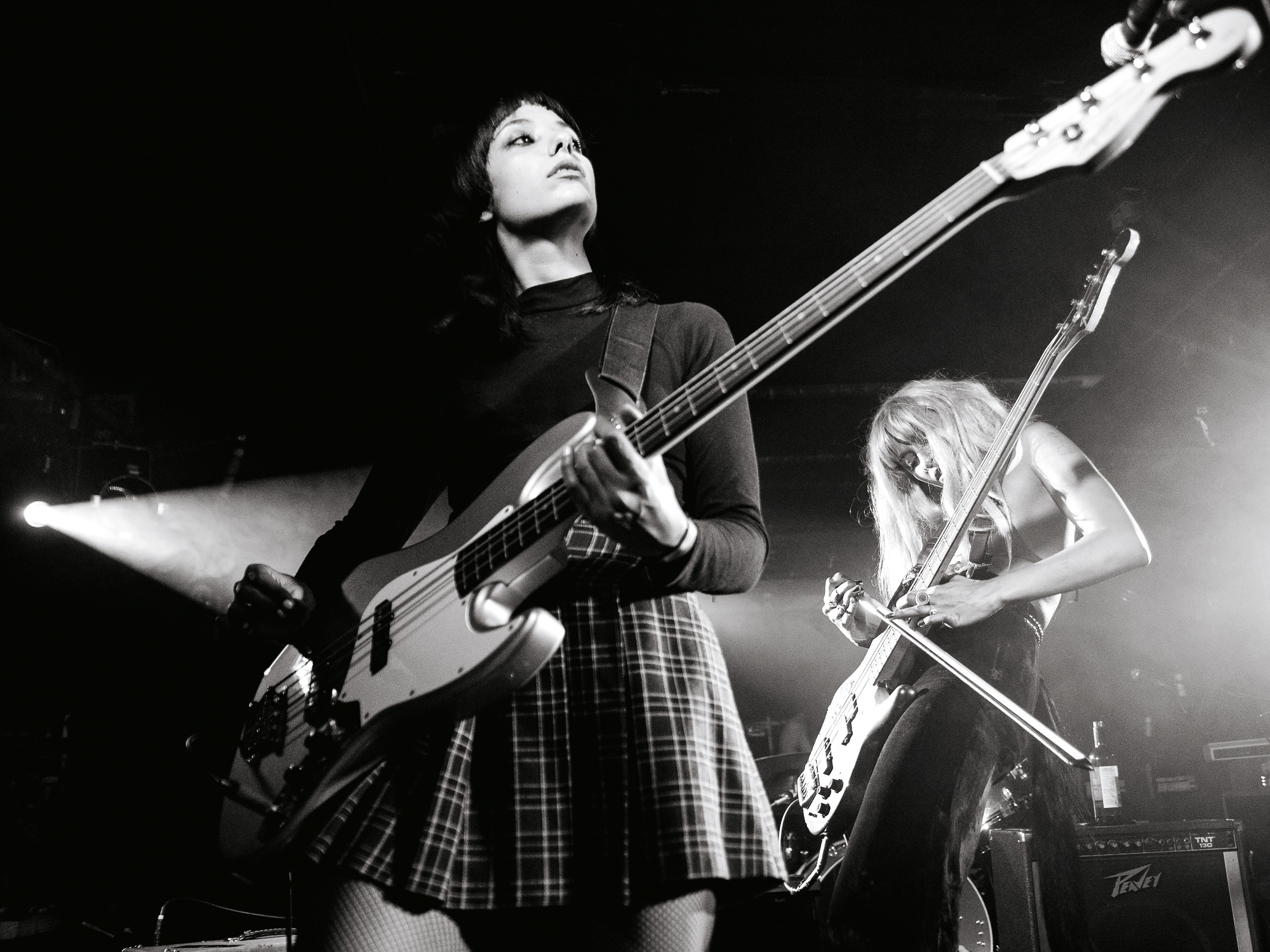What sets a good photo apart from a standard one or a snapshot is its composition. You are trying to capture a moment in time within a frame, whether it is a square (e.g. 6×6 of some 120 film cameras, or, dare I say it, Instagram), or a rectangle in various sizes and ratios – 2:3 of 35mm film or “full-frame” and APS-C digital cameras, 3:4 of 645 of 120 film medium format cameras or Micro Four Thirds (MFT or M4/3) digital cameras, 4:5 of large format cameras, 6:7 of 120 film, and so on. Then there are the moving image formats such as 3:4 and 16:9. And I haven’t even mentioned paper formats, or canvas sizes of more traditional artists. Regardless of the size or ratio that rectangle/square has to contain the subject of the image and any other extraneous objects that fill the foreground and/or background.
There are certain “rules”, or guidelines that are taught to help us get better compositions. Most photographers are familiar with the “rule of thirds”. In fact, many digital cameras include a thirds grid as an optional overlay in the viewfinder. One of the primary aims of getting novice photographers to consider the rule of thirds is to get them out of the habit of plonking their subject in the middle of the frame. The main problem comes when people start using thirds as the only rule, where the subject has to be to one side of the frame and facing into the frame. It’s a good guide but should never become a hard and fast rule. Understand it, but don’t strictly adhere to it. All but the most authoritarian and fascistic appreciate that rules are to be broken, but you can’t break them until you know them.

The other common “rule” is the golden ratio or divine proportion (above). This is somewhat more complex than the rule of thirds, and involves a lengthy mathematical history and lots of equations that I will not even try to explain here. If you are interested in finding out all the intricate details and history of this fascinating ratio you can read about it here.
One thing I haven’t mentioned is with regards to print, specifically magazines and newspapers. It does introduce a whole new set of variables, and complications – especially with in-camera cropping – that I will address in another post. As an editorial graphic designer it is a particular bugbear of mine, but anyone with aspirations of entering the declining world of editorial photography then I will share my experience and tips, primarily from a designer’s perspective.
Once you have a certain amount of mental understanding of these rules, how do you apply them to your photos when you’re out shooting in the field? I’ve always found that working intuitively suits me best, others prefer a more structured approach, which is probably easier to achieve in a studio situation, or for static subjects such as landscapes and architecture. As you will have noticed, I primarily shoot live music, which is a genre that possibly gives the photographer the least amount of control over the shoot. I know that most documentary styles of photography give you little control, but with live music you don’t even have control over the light, which is the key ingredient in any sort of photography. Even war photographers can be pretty certain of relatively consistent lighting. There may be lots of other things to consider, such as bullets and explosions, but anyone who has been in the mosh pit of a punk or metal gig and trying to take photos will know that there is plenty of chaos, flailing bodies, projectiles and ear-shattering noise levels to also deal with.
So, how does one get a good composition at a gig? I would say there is a huge amount of luck involved, but as those motivational speakers like to point out, you have to create your own luck. The great American landscape photographer Ansel Adams said (and I may be paraphrasing slightly), “the secret to great photography is knowing where to stand”. That certainly applies to shooting live music. Firstly, you need to find where the light is at its best, which isn’t easy as it will often be constantly changing, depending on the size of the venue and their lighting rigs, as well as the band’s lighting designer, if they have the luxury of such a thing. Then you have to figure out where the peak action is going to be. This is a lot easier when shooting big-name bands on tour, as you can do some research into previous shows, with the ’net and social media often awash with videos and photos from fans, or even the bands themselves. For little-known bands, especially in small, local venues, that’s not so easy to do, which means you have to wing it. Personally, I prefer the thrill of the unknown. From thereon in it is down to luck and experience, choosing the right lens, being able to anticipate the shot and reacting fast enough to capture the unexpected.

For example, the shot above. I’m sure that at the time I positioned myself to capture the guitarist and bassist, although it could have also been the only spot left at the front of the stage, I don’t really remember the details. I was using one camera body with a 28-75mm f/2.8, at its widest. Having grown up shooting film I still haven’t got into the habit of using burst mode (pray and spray) on digital cameras. I much prefer to wait and frame the shot. Pushing the shutter was intuitive, and it was only afterwards that I noticed the shot’s geometry and alignments, which, as I’ve mentioned before, was mostly the result of luck mixed with experience. There might be something in Malcolm Gladwell’s 10,000 hours theory (a debate for another time), but as the great French photographer, Magnum founder and originator of the term “the decisive moment” Henri Cartier-Bresson said, “Your first 10,000 photographs are your worst”.
One of the best ways to improve your sense of composition – apart from lots of practice – is to study great photographs from throughout the relatively short history of the art/craft, across all genres. Also, look at paintings and works of art. You don’t even need to go deeply into the theories or intellectual understanding of them, but see what it is about the compositions that appeal to you and try to absorb them into your unconscious (or subconscious, depending on your philosophical standpoint). If music/concert photography is your thing, look at some of the classic rock shots, although most of these are more about who is the photo rather than the actual composition. My overriding philosophy when shooting gigs is, “to shoot iconic photos rather than just photos of icons”. It works for me creatively if not always financially, but you can’t always have both.
